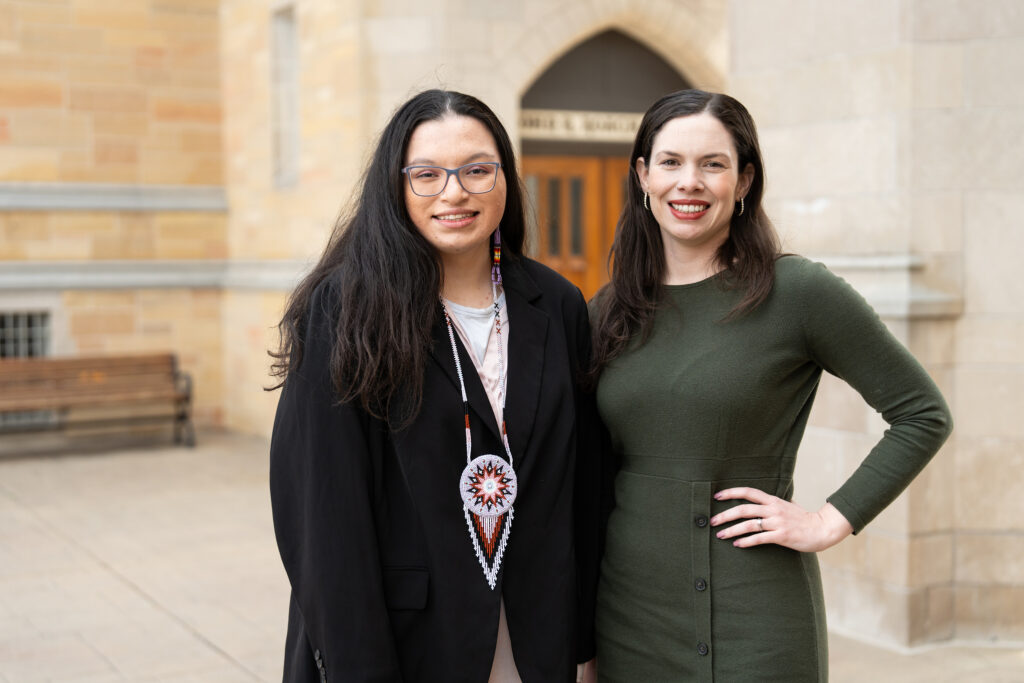The women in OEC Auditorium ranged from 18 to “of a certain age.” There was a mother/daughter book club. We were mostly white and western. It was the usual women’s history month lecture. Mostly women, a sprinkling of men. An engaging, informative, provocative speaker: Gail Collins, author of When Everything Changed: The Amazing Journey of American Women from 1960 to the Present. There were cookies afterward –good cookies. There may have been fruit, too, but who notices when there are cookies?
Since the early '90s when a generous bequest from Dr. Luann Dummer funded the lecture series, it’s been much the same – a bright spot in the often bleak month of March. I like it when good things stay nearly the same.
But the changes that Collins talks about are stark improvements over the situation for women 50 years ago. From the freedom to wear slacks on cold Minnesota mornings to the ability to get a credit card in one’s own name to the employment opportunities now available, the day-to-day lives of women are vastly different from the reality of the late 1950s. Many of us in the audience were old enough to remember the period and the legislation and sometimes economic necessity that brought the changes. The greater flexibility and freedom have dramatically altered the lives of women – and men, too. When Collins asked the men in a Connecticut college audience if good earning power was a quality they sought in a spouse, every man raised his hand.
Change was later and slower coming to St. Thomas. At the lecture, I sat by Dr. Nancy Zingale, first women named Professor of the Year (in the late '80s). When she was hired (in the late '70s), she was interviewed by the first woman to chair a St. Thomas academic department, Dummer herself, who twirled her motorcycle helmet while they talked. The motorcycle may have been a first for UST faculty, too.
The catalyst for change at St. Thomas was the decision to go coed beginning in fall 1977. From only a dozen women faculty in the mid-'70s, the university now has 181 women faculty, or 41 percent of the total 444. Changes at the back of the classroom were less obvious than changes at the front. With courses long open to Katies and coeducation in some grad programs, classrooms had always held a mix of men and women. But even so, there were clear changes in the student body – women’s res halls, Mr. Tommy morphing to the Tommie Award and first won by Rachel Wobschall in 1981. Now women are a strong 50 percent of the student body.
There are changes yet to be made for St. Thomas, the United States and the world. Women still earn significantly less than men. Collins cited studies attributing this to time out of a career for child rearing and listed child care as a major issue for the future. I have seen an interesting work showing that salary negotiation differs by gender and is a principal factor in lifelong earnings capacity. Women in the developing world face challenges, inequities and atrocities not contemplated of in the U.S. pre-1960 or now. The experiences of women of color also differ from those of other women in the developed world.
The older women in OEC had seen and participated in the post-1960 changes that Collins enumerated. The younger women have changes of their own to make.
A small group of thoughtful people could change the world. Indeed, it’s the only thing that ever has. – Margaret Mead






